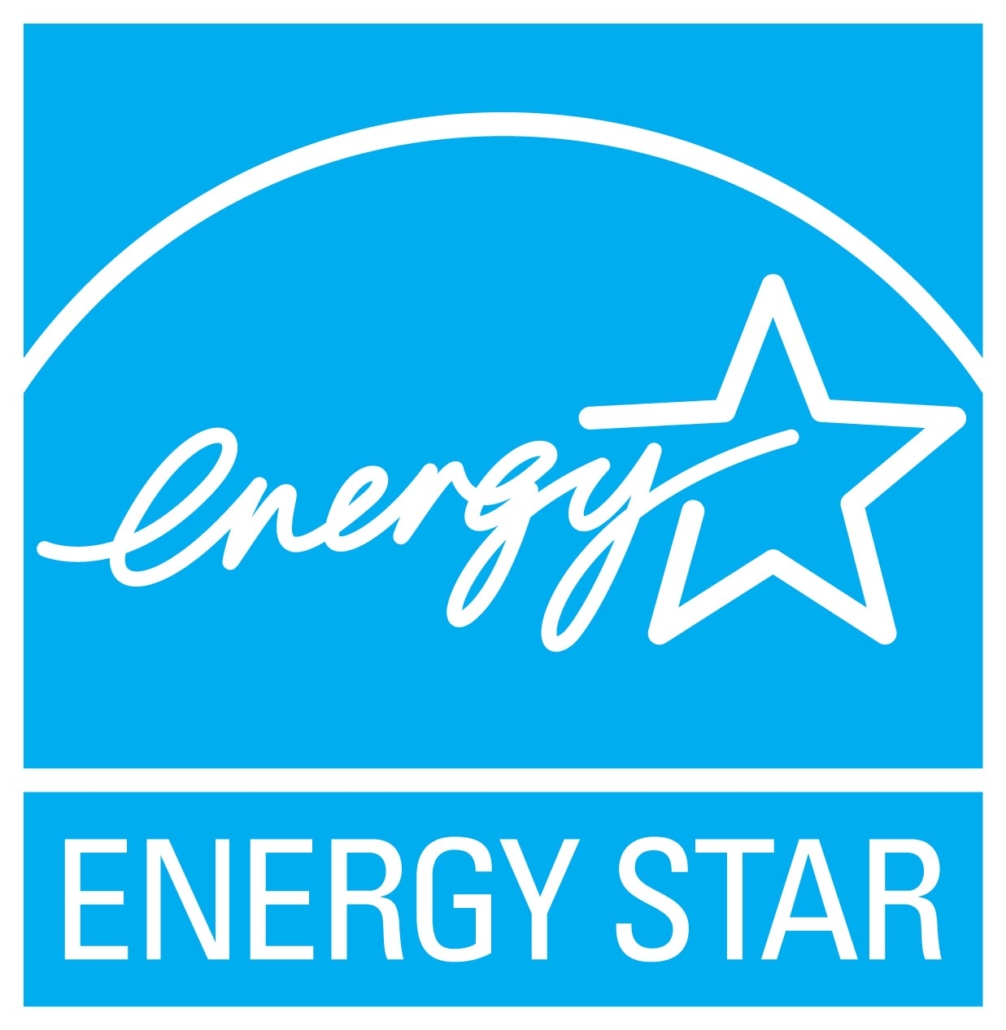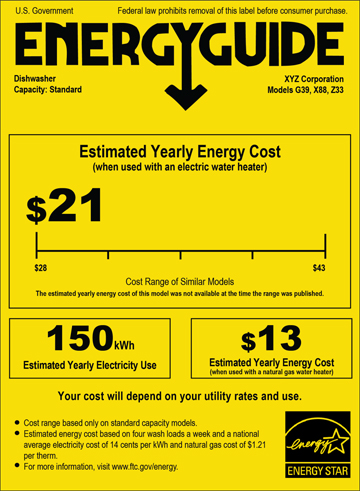What does it mean when you see the Energy Star® label?
by Leslie Jones, Energy Star Certified Products; and Ann Bailey
If you’ve shopped for appliances, electronics, or other major products for the home in the last 20+ years, chances are you’ve seen or heard references to Energy Star.
But what does that little blue label actually mean when you see it on a website, product package, ad, or store display?

For over 25 years, Energy Star has been the government-backed symbol for superior energy efficiency. You can find the Energy Star label on commercial and industrial buildings, new homes, across 75 different types of products for consumers and businesses.
While you can encounter it associated with many products, Energy Star is not a manufacturer, seller, or installer of products. Rather, Energy Star operates as an objective and data-based certification for energy efficiency. The program partners with manufacturers, retailers, and service providers to offer more energy efficient product options to consumers and businesses in the marketplace.
Over its long history, the Energy Star label and certification program has helped to empower American consumers by providing objective guidance and resources to help them improve the energy efficiency of their homes and reduce their carbon footprints.
It means energy efficiency, made easy
Looking for the Energy Star label makes it easy to identify products with superior energy efficiency—products that save energy, save money and help protect the environment.
The Energy Star program save consumers from the effort of looking at individual efficiency ratings by reviewing efficiency performance across the range of models in a product category and associating the little blue label with top performers. You can often find the Energy Star label on the eligible products or product packaging, but you can also consult the Energy Star Product Finder to identify products that have been certified.
Products that have earned the Energy Star have been independently certified to meet strict energy efficiency
standards
Across more than 75 different categories, products that earn the Energy Star label meet strict standards for energy efficiency that the Environmental Protection Agency (EPA) develops and regularly updates with consideration to technology improvements, market trends, and input from manufacturers and a range of stakeholders.
Before associating the label with any product model, manufacturers must submit performance data from an EPA-recognized laboratory to an independent certification body for review, to ensure the product meets Energy Star standards tailored for the category it’s in.
When you choose a product with the Energy Star label, you can be confident that it has been independently evaluated to perform at a more efficient rate than a standard product.
Choosing Energy Star means access to utility rebates, federal tax credits, and other ways to save
When you think about saving money on an appliance or home project, it’s likely the first thing that comes to mind is looking for deals available through a retailer or straight from the manufacturer. For products that have earned Energy Star certification, there are other ways to save on these purchases—such as rebates from your local utility, and tax credits, which have been extended and increased through the Inflation Reduction Act.
There are a number of Energy Star certified product categories that qualify for a federal tax credit, including products for inside your home, as well as improvements to a home’s envelope or exterior—such as windows, doors, insulation, and similar items. For more information, check out Energy Star’s guidance on federal tax credits.
What’s the difference between the EnergyGuide and Energy Star?
Ever wondered what the difference is between the EnergyGuide label and the Energy Star label? For starters, one is yellow and one is blue, but there is more to it than that.
EnergyGuide label
Who: Managed by the Federal Trade Commission (FTC)
Purpose: Estimates annual energy usage and operating cost of the product
How to spot it: Yellow sticker or tag found on product
Manufacturers are required to display the EnergyGuide label on a long list of energy-using products, including appliances, heating and cooling equipment, and televisions. It’s purpose is to provide potential purchasers an estimate of annual energy consumption and a sense of where the product ranks compared to others in terms of annual energy cost. The dollar amount at the bottom of the EnergyGuide is the estimated yearly operating cost based on the national average cost of electricity. Your exact costs will depend on local utility rates and the type and source of your energy. If you need another copy of the EnergyGuide label, check your retailer or manufacturer’s website. The EnergyGuide is useful for directly comparing the energy use of similar models in the store.

Energy Star label
Who: U.S. Environmental Protection Agency (EPA)
Purpose: Designates highly efficient products
How to spot it: blue, square label
The Energy Star label saves you the effort needed to process all the information on the EnergyGuide sticker by simply designating the products that are highly efficient. When you see a product that has earned the Energy Star, it means it meets strict guidelines for energy savings set by the EPA. Only manufacturers that independently certify their product’s performance are allowed to use it. (And when they do, you’ll find that manufacturers sometimes incorporate the Energy Star label right into the EnergyGuide label, giving you the best of both worlds).
The Energy Star makes it easy to identify the most energy-efficient products that offer savings on energy bills without sacrificing performance, features, and comfort.
Advice for shopping
Both the EnergyGuide and the Energy Star labels are intended to help you make smart energy choices. Used in conjunction, these labels can help you choose which product is right for you. The Energy Star label will help you easily identify which products are the most efficient options, and then the EnergyGuide can be used to directly compare your top choices and give you an estimate of the energy use and operating cost. Saving energy is good for your wallet and good for the climate.

LIFE+
#swceLIFE+





